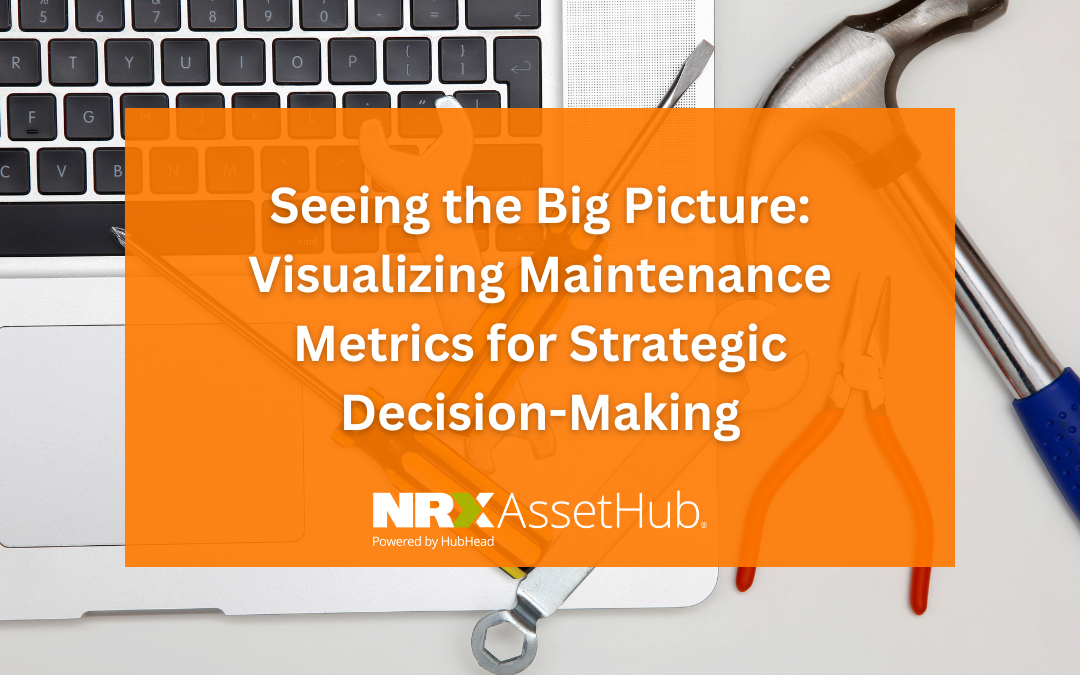
The Power of Visual Context
Visualizing maintenance metrics offers a holistic perspective on various aspects of asset management. Charts, graphs, and dashboards provide immediate visual context, making it easier to identify trends, patterns, and anomalies. Decision-makers can quickly grasp the performance of multiple assets, departments, or even entire facilities, identifying areas of concern or excellence.
Decoding Key Performance Indicators (KPIs)
Effective maintenance requires tracking Key Performance Indicators (KPIs) to gauge performance against goals. Visualizations turn these KPIs into easily digestible graphics, giving decision-makers the ability to monitor progress and identify areas needing attention. Whether it’s equipment downtime, maintenance costs, or asset utilization rates, visualization simplifies the monitoring of critical metrics.
Strategic Insights for Operational Excellence
Visualizing maintenance metrics goes beyond simple data representation; it’s a means to strategic decision-making. For instance, a maintenance dashboard might reveal that a specific asset experiences frequent breakdowns. With this insight, decision-makers can allocate resources to address the root cause, potentially extending asset lifespan and minimizing disruptions.
Predictive and Preventive Potential
Visualization also paves the way for predictive and preventive maintenance strategies. By observing patterns in visualized data, decision-makers can foresee potential failures or performance degradation. This foresight allows them to schedule maintenance activities proactively, minimizing downtime and optimizing resource utilization.
Enhancing Cross-Functional Collaboration
Maintenance doesn’t operate in isolation. Visualization tools enable cross-functional collaboration by providing a common understanding of maintenance metrics among departments. Operations, finance, and management teams can align their efforts based on shared visual insights, fostering a cohesive approach to organizational goals.

Implementing Effective Visualization Strategies
To leverage the power of visualizing maintenance metrics effectively, organizations should:
1. Select the Right Tools: Choose visualization tools that suit your organization’s needs, ensuring they can handle the complexity and volume of your maintenance data.
2. Customize for Relevance: Tailor visualizations to your organization’s specific objectives and KPIs, focusing on what matters most for strategic decision-making.
3. Stay User-Centric: Design visualizations with end-users in mind, ensuring clarity, accessibility, and user-friendliness.
4. Promote Data-Driven Culture: Encourage a culture where data-driven decision-making is embraced, fostering trust in visualized insights.

Need Help with Maintenance Management?
HubHead’s benchmarking service can provide valuable support. Our experienced consultants have helped numerous companies achieve excellence through comprehensive benchmarking analysis that leverages various benchmark types.
Contact us today by following the links below to download our brochure or book a meeting with one of our consultants.
EAM Benchmarking Metrics: A Deep Dive into Metrics that Matter

Revamping Maintenance Processes: How Benchmarking Boosts Efficiency

The Role of Data Analytics in Asset Management: Leveraging Insights for Improved Decision-Making and Performance

Share this article

